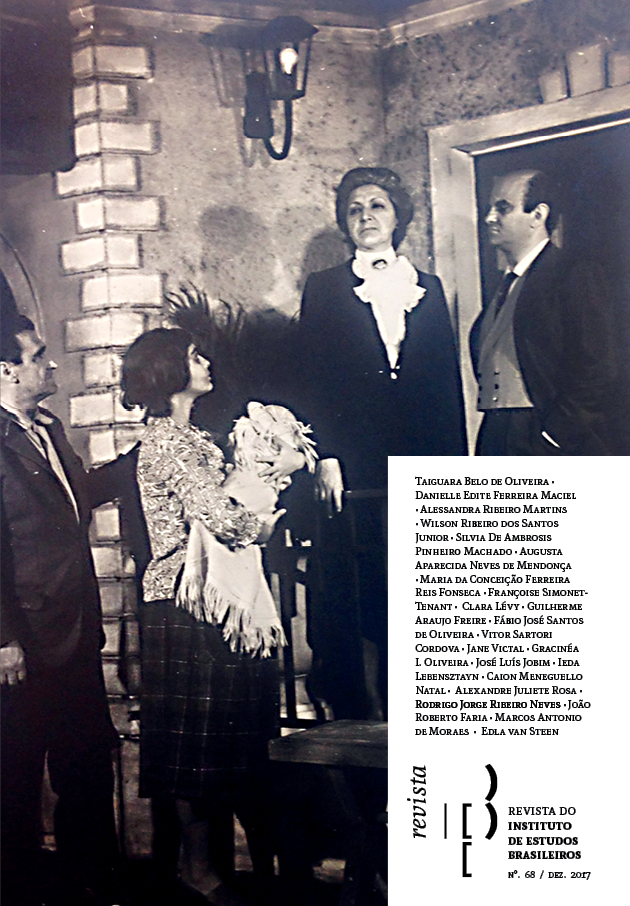Candian: the last caipira
DOI:
https://doi.org/10.11606/issn.2316-901X.v0i68p164-186Keywords:
Rural neighborhood, caipira, oral traditionAbstract
The article brings together some peculiarities of a human being identified in the anthropology as caipira. In its existential core, there are some particularities such as the relation with the rural neighborhood, the “mutirão” and the songs of the cururu. In this way, starting from the iconographic documents of the historian and intellectual Ernani Silva Bruno available at the Institute of Brazilian Studies of the University of Sao Paulo (IEB/USP) and the studies of the sociologist and literate Antônio Candido, the present work aims to demonstrate the actions and social relations of this culture in the city of Iracemápolis through the daily habits of Mr. Candian, responsible member for the transmission of this traditional country way of life in the urban zone.Downloads
Download data is not yet available.
Downloads
Published
2017-12-13
Issue
Section
Articles
License
- Todo o conteúdo do periódico, exceto onde está identificado, está licenciado sob uma Licença Creative Commons do tipo atribuição BY-NC.
How to Cite
Cordova, V. S., & Victal, J. (2017). Candian: the last caipira. Revista Do Instituto De Estudos Brasileiros, 68, 164-186. https://doi.org/10.11606/issn.2316-901X.v0i68p164-186



